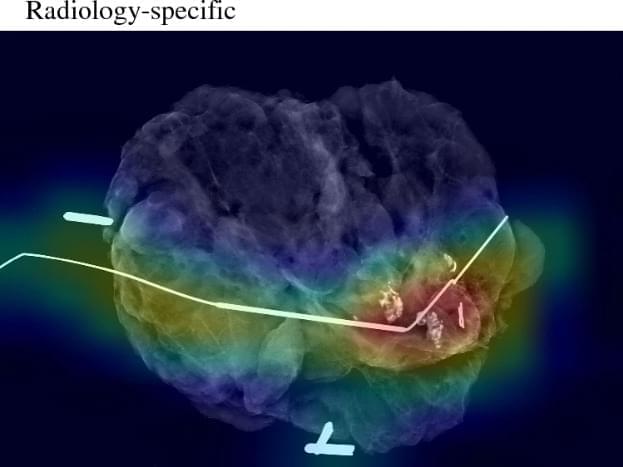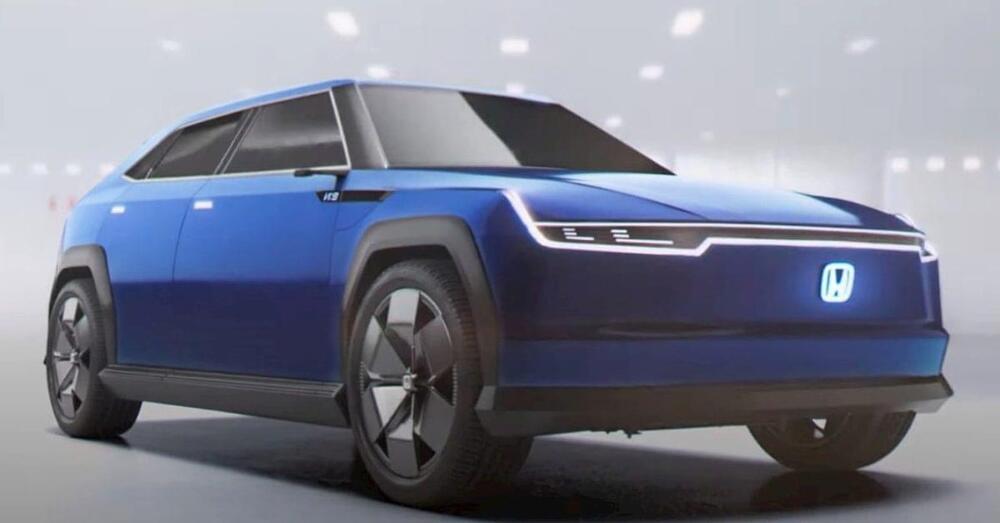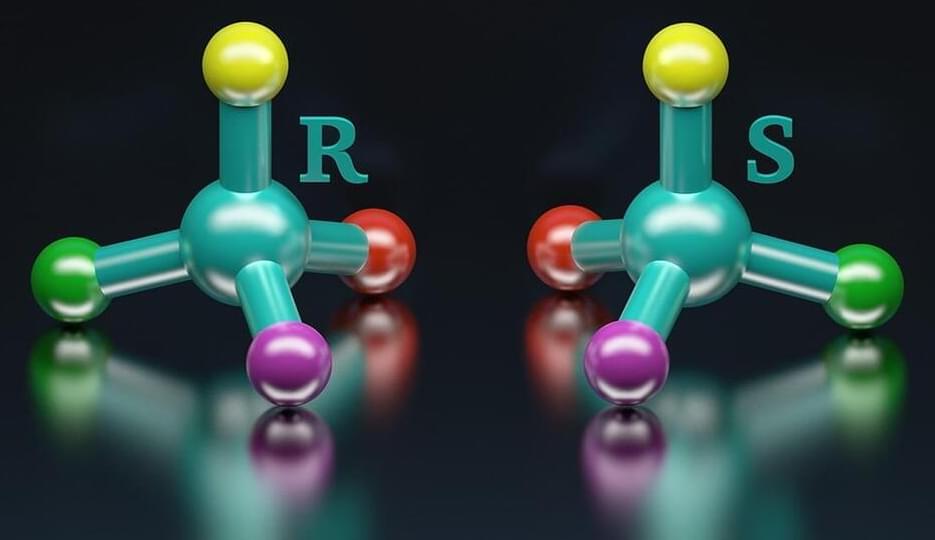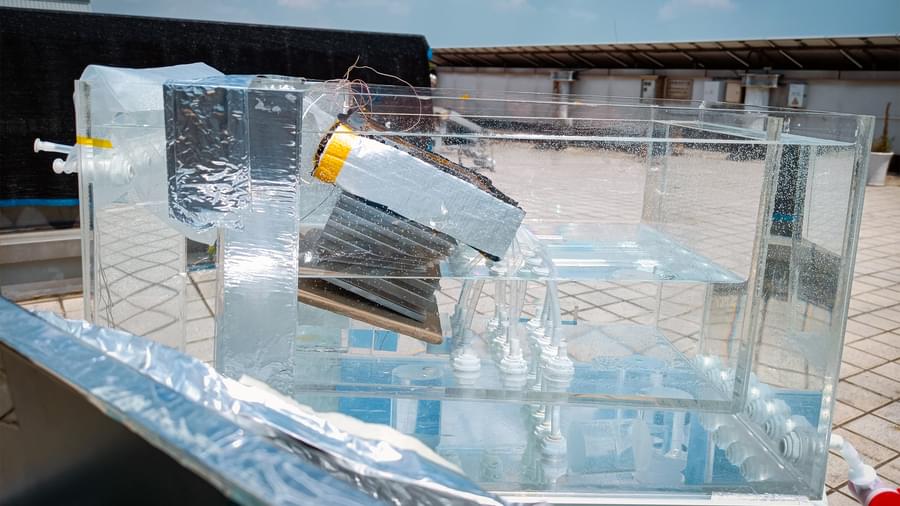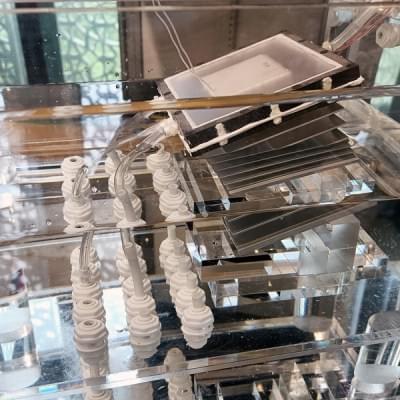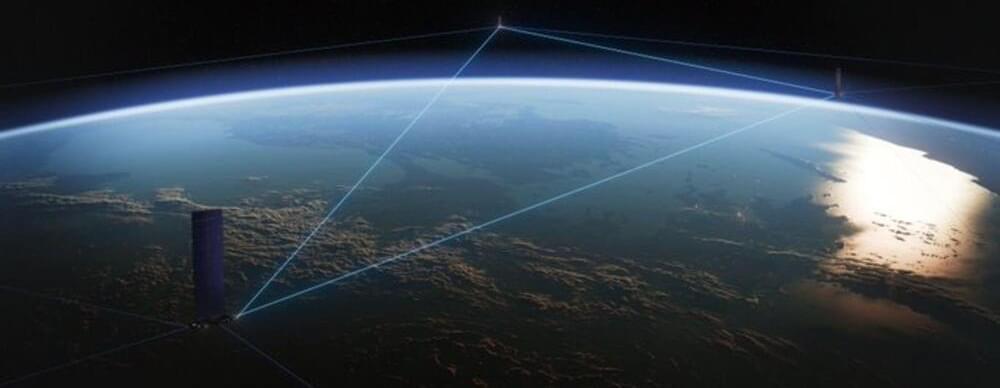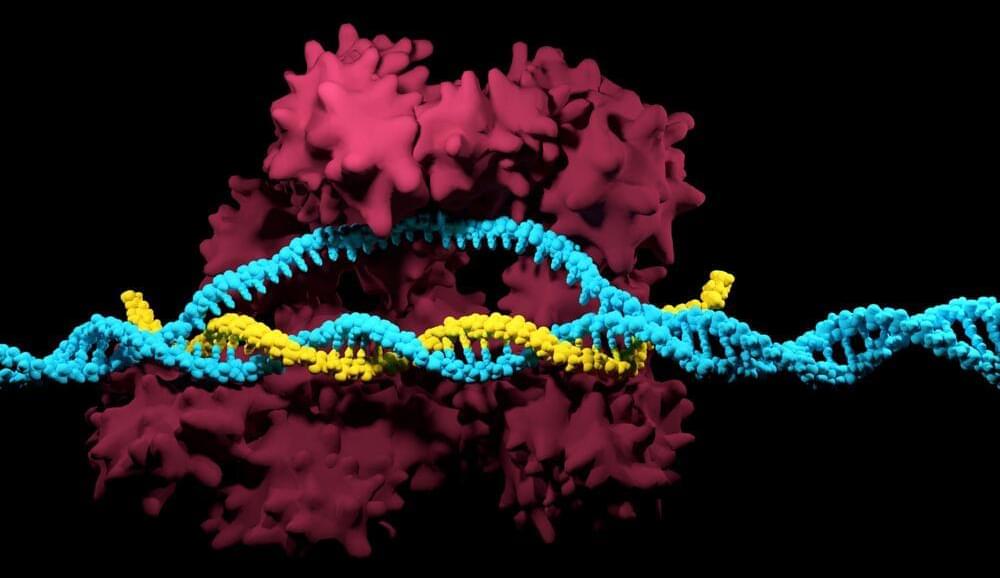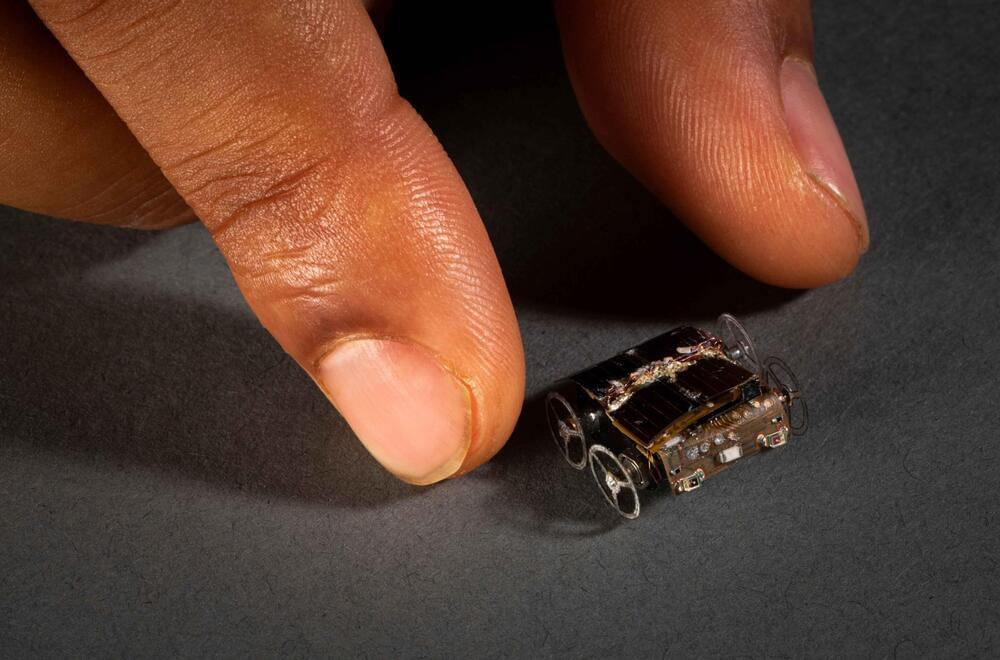Oct 4, 2023
Researchers Develop AI Model to Improve Tumor Removal Accuracy During Breast Cancer Surgery
Posted by Shubham Ghosh Roy in categories: biotech/medical, robotics/AI
Kristalyn Gallagher, DO, Kevin Chen, MD, and Shawn Gomez, EngScD, in the UNC School of Medicine have developed an AI model that can predict whether or not cancerous tissue has been fully removed from the body during breast cancer surgery.
Artificial intelligence (AI) and machine learning tools have received a lot of attention recently, with the majority of discussions focusing on proper use. However, this technology has a wide range of practical applications, from predicting natural disasters to addressing racial inequalities and now, assisting in cancer surgery.
A new clinical and research partnership between the UNC Department of Surgery, the Joint UNC-NCSU Department of Biomedical Engineering, and the UNC Lineberger Comprehensive Cancer Center has created an AI model that can predict whether or not cancerous tissue has been fully removed from the body during breast cancer surgery. Their findings were published in Annals of Surgical Oncology.
